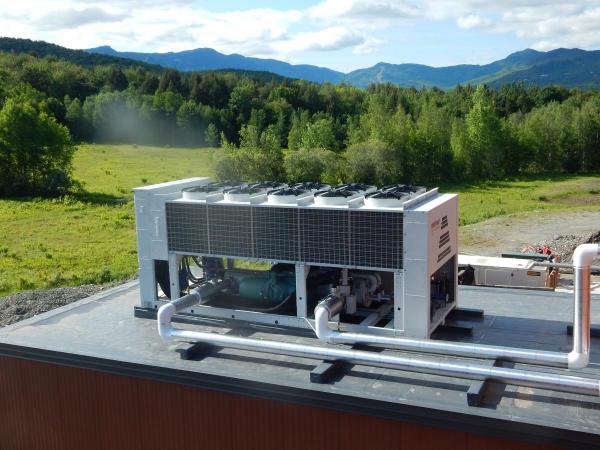Challenges and Future of Liquid Cooling
Although liquid cooling has many advantages, it also presents challenges. Initial costs can be higher compared to air-based systems. Additionally, personnel with new skills and experience are required.
Installation can be more complex, especially with immersion cooling. This can slow down work or make it difficult to swap hardware quickly. Removing and cleaning the boards for service can be complicated and costly. There is also the risk of leaks which could damage the equipment.
Las Regulations on refrigerants are constantly evolving worldwide. en el mundo.
The goal is to use fewer high-global-warming gases. This leads to seeking new fluids with lower environmental impact. For example, by 2027, data center cooling equipment in the U.S. will be required to use refrigerants with a GWP (Global Warming Potential) limit of 700.
Despite these challenges, liquid cooling is shifting from being a rare option to becoming more common.
It is important to remember that there is no one-size-fits-all solution for every case. The choice will depend on the specific needs of each data center. Technology continues to improve to meet safety and efficiency standards.



